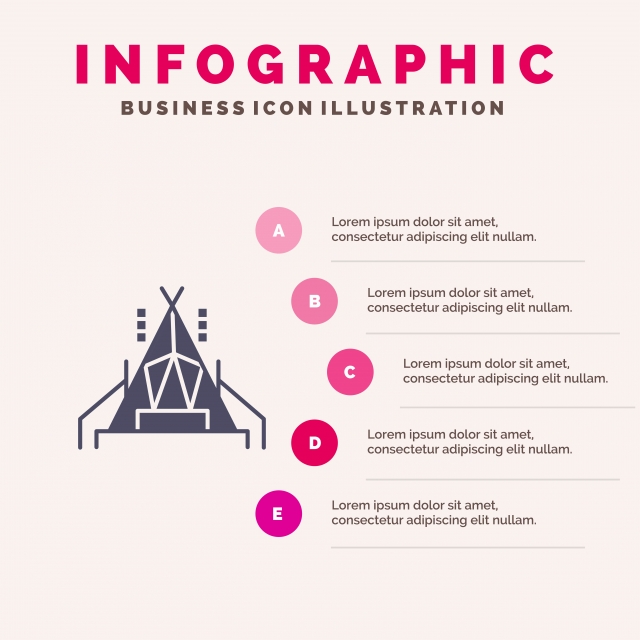Corner angles are important parts in construction and design projects. They use strength, longevity, and flexibility. They are additionally simple to mount and can endure numerous environmental aspects.
Contractors utilize numerous kinds of angles to create solid, stable frameworks. Some of these angles are for visual appeals, while others are utilized to enhance availability and feature.
Strength
The toughness of steel angles is essential for guaranteeing that structures are risk-free and can endure heavy tons. These elements can be used for a variety of projects, from reinforcing beams and columns to creating structures for shelving and secure fencing. They are additionally excellent for developing assistance structures in industrial settings.
Bent inside corners are an important part of modern-day engineering and style, as they aid to disperse anxiety uniformly throughout the material. This can make a material more powerful and less likely to fracture or fail, especially in materials such as glass, rock, and floor tile.
Rounded corners in rotomolded components additionally assist to reduce stress focus, which can cause architectural weaknesses and low quality. Because of this, Gregstrom Company recommends that designers utilize rounded corners when producing rotomolded components. These features will boost the total quality of the ended up item and aid to make sure that the shaped component is solid, resilient, and lasting. This will certainly lower the requirement for fixings or replacements with time.
Resilience
Rounded inside edges are a crucial element of contemporary design and design, and they can considerably boost the stability of frameworks constructed from stone or glass. They likewise assist to equally disperse tensile and compressive forces, which decrease the probability of fracturing or breakage.
These angles are important to our day-to-day lives, making it easier for us to move around in our surroundings. For instance, wheelchair ramps, stairways, and doorways are created with exact angles to make certain safety and ease of access. Additionally, the ideal angle is made use of in bridges and structures to make sure structural stability.
In geometry, an angle is the point where two rays fulfill. It is also called a vertex. The four edges of a square have an internal angle of 90 levels. However, the term is commonly used to explain any kind of type of edge. For example, in photo structures, the leading and lower rails need 45 level mitre cuts. This is due to the fact that the board sizes are various.
Adaptability
While the best angle is one of the most common kind of angle, various other types can create distinct, practical, and aesthetically attractive structures. Whether you're developing a contemporary coffee table or an industrial-style home, utilizing different angles will help you achieve the desired visual.
You can make use of aluminum angle to make custom braces for safeguarding and enhancing your jobs. personalized bag These braces are light-weight and solid, so they can withstand heavy tons and stresses. They additionally come in a range of shapes and sizes, making them a functional choice for a wide range of jobs.
Lots of modern structures make use of bent inside edges to enhance architectural security and toughness. These bent corners distribute tension throughout the framework to avoid vulnerable points and fractures. This is an essential consideration for builders and service providers, especially when collaborating with hefty materials like stone or tile. Creating a curved edge can likewise enhance the lifespan of the product and decrease maintenance costs. It is necessary to pick the appropriate angles for your task, and to make sure that they are appropriately set up to stay clear of any possible problems.
Cost
Bent inside edges are a vital part of modern architecture and engineering, as they play a crucial role in enhancing structure stability and longevity. They likewise help reduce stress circulation and lessen breakage. In addition, they can enhance the aesthetic appeal of a framework.
Words "corner" usually, but not constantly, refers to a 90 level angle. In geometry, nevertheless, the term "angle" is in fact a point where 2 lines or sides fulfill (or converge). These factors are called vertex, and they can be straight or curved.
Utilizing a rounded mitre in an image frame, for instance, calls for careful computation. The mitre angle is based upon the width ratio of the board at each edge. If the boards are of equivalent width, then they will certainly each call for a 45 degree mitre. If the boards are larger, after that they will certainly each require a different angle. This situation prevails in customized structures, where the top and bottom rails are commonly broader than the side rails.
